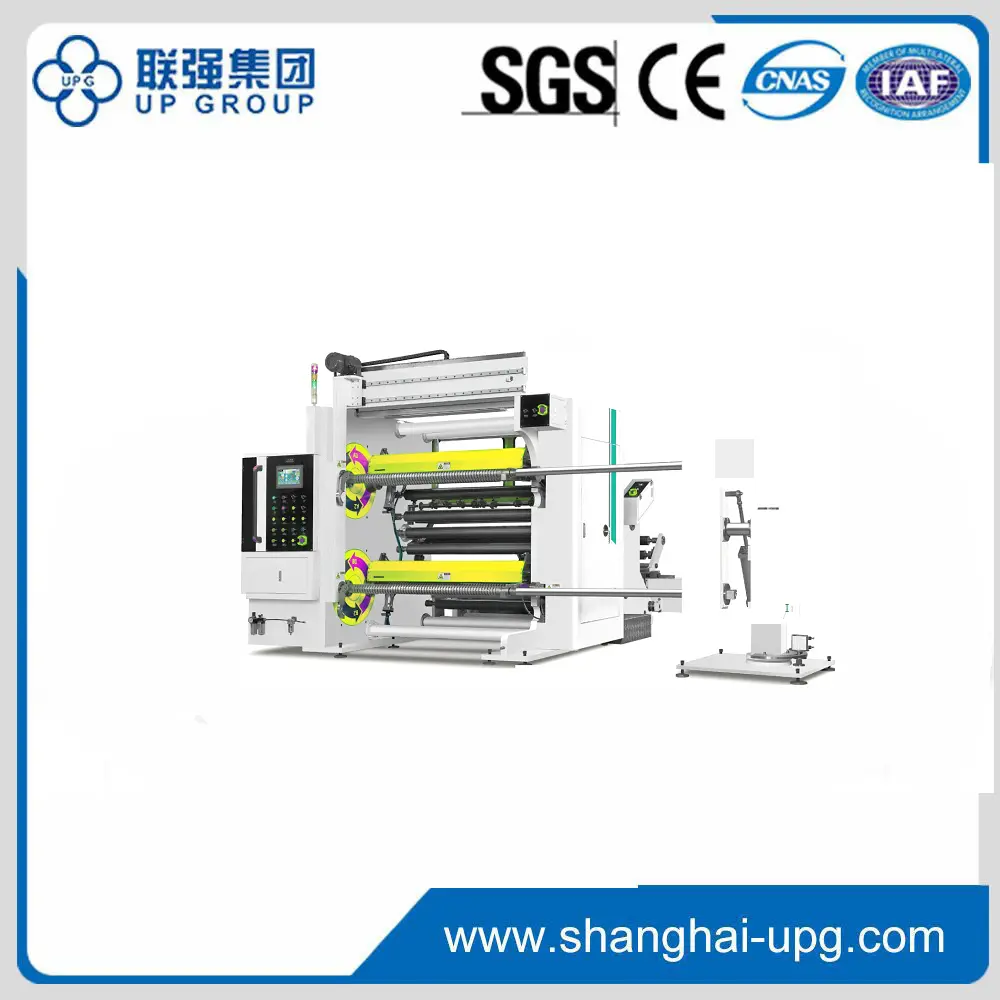In the field of manufacturing and material processing, precision and efficiency are of paramount importance. Among the various techniques used to mold and shape materials, slitting and cutting are two fundamental processes with different purposes. In this article, we will delve into the intricacies of slitting machines, reveal the differences between slitting and cutting, and take an in-depth look at their applications, mechanisms, and advantages.
A slitter is a specialized piece of equipment used to cut large rolls of material into narrower strips or sheets. This process is commonly used in industries such as packaging, textiles, paper and metalworking, and slitters can handle a wide variety of materials, including paper, plastic film, aluminum foil and steel plate. The primary function of a slitter is to change wide rolls of material into smaller, more manageable sizes that can then be used for further processing or direct application.
Slitters use a series of sharp blades to cut the material unrolled from the roll. The blades can be adjusted to cut strips of varying widths for increased production flexibility. Additionally, slitters can be equipped with features such as tension control, automatic feed systems, and edge-cutting capabilities to increase efficiency and precision.
The slitting process consists of several key steps:
Unwinding: The material is unwound from a large roll and fed into the slitting machine
Slitting: As the material passes through the machine, sharp blades cut it into narrower strips. The number and configuration of the blades determines the width of the final product.
Rewinding: After slitting, the narrower strip is rewound onto smaller rolls or stacked for further processing.
Slitting is particularly beneficial for high-volume production, as it allows manufacturers to produce large quantities of narrower strips from a single roll of material quickly and efficiently.
Cutting, on the other hand, is a much broader term that covers a variety of methods for separating material into desired shapes and sizes. Unlike slitting, which specializes in cutting rolls of material into strips, cutting is designed for a range of techniques, including shearing, sawing, laser cutting and water jet cutting. Each cutting method is suitable for different materials and applications. The choice of technique usually depends on the desired result.
For example, laser cutting is well suited to intricate designs and precise shapes, while shearing is often used to cut sheet metal. Cutting can be performed on a wide range of materials including wood, metal, materials and fabrics, making it a versatile manufacturing process.
It is a great honor to introduce one of our company produced, LQ-T Servo Drive Double High Speed Slitting Machine factory

The slitting machine applies to slit cellophane,The slitting machine applies to slit PET,The slitting machine applies to slit OPP, The slitting machine applies to slit CPP, PE, PS, PVC and computer security labels, electronic computers, optical materials, film roll, foil roll, all kinds of paper rolls, film and printing of various materials.,etc.
Although longitudinal and transverse cuts may seem similar at first glance, there are several key differences between them:
Purpose: The main purpose of slitting is to reduce the width of a roll of material into more homely strips, whereas cutting covers a wider range of techniques aimed at shaping or profiling the material.
Material Handling: Slitting machines are specially designed to handle rolls of material, while cutting can be done in various forms, packing sheets, blocks and irregular shapes.
Equipment: Slitters utilize a series of rotating blades to cut the material, while cutting can involve a variety of tools and machines such as saws, lasers and scissors.
Accuracy and Tolerance: Cutting is usually highly accurate with small tolerances for applications where consistency is important. The accuracy of the cutting method may vary depending on the technology used.
Production speed: Slitting is usually faster than conventional cutting methods, especially in mass production, as it allows continuous processing of rolled material.
Slitting machines are used in a wide range of industries because of their efficiency and versatility. Common applications include:
- Packaging: Slitting machines are used to produce narrow rolls of plastic film or paper for packaging products.
- Textiles: In the textile industry, slitters cut rolls of fabric into strips for apparel production or other applications.
- Metalworking: Slitting machines are used to cut metal into narrow strips for the manufacture of components, automotive parts and more.
- Paper products: Slitting machines are essential in the production of paper products, enabling manufacturers to produce paper or paper rolls of a specific size.
In short slitting machines play an important role in the production process by effectively converting large rolls of material into narrower strips. Although slitting and cutting are related processes, they serve different purposes and involve different technologies. Understanding the differences between slitting and cutting is essential for manufacturers seeking to optimize their production processes and achieve the desired results for their products. By utilizing the capabilities of a slitting machine, companies can increase efficiency, reduce waste, and meet customer demands in a competitive marketplace.
Post time: Nov-21-2024

